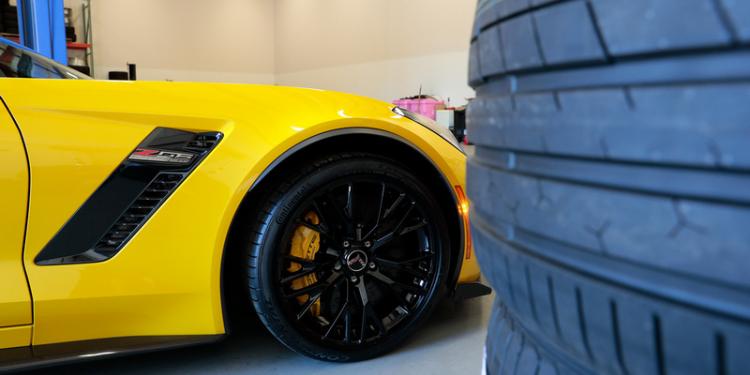
There is no way to tell exactly how long a tire will last but it’s important for consumers to note that tires do, in fact, have a lifespan. That lifespan depends on a combination of factors including a driver’s habits, tire design, climate, road conditions, and service of the tire.
The tire industry has long recognized the consumer’s role in the regular care and maintenance of their tires. The point at which a tire is replaced is a decision for which the owner of the tire is responsible. A tire service professional at your local Continental dealer should be consulted with any questions about tire service life. The following recommendations are made to aid in assessing the point of maximum service life.
What damages tires?
There are many factors that contribute to wear and tear of a tire. Aside from age, road conditions like potholes, speed bumps, curbs, and debris in the road are primary contributors. Also driving habits including, but not limited to, speeding, quick starts, ignoring changes in handling, and emergency braking. While not obvious, climate does have an effect on tires. When exposed to extreme temperature (hot or cold), direct sunlight, rain, snow and ice, as well as various chemicals like oil and grease, this can wreak havoc on your tires and you may not even know it.
Another consideration is improper use of tires. Using a spare tire as a permanent replacement,mixing tire types, using summer tires in winter and vice versa, using tires on damaged wheels, and fitting tires that do not have the speed capability and load index at least equal to or higher than those specified by the vehicle manufacturer, can all lead to damaged tires.
How can I take care of my tire(s) to extend their life?
Tires are designed and built to provide thousands of miles of excellent service. For maximum benefit, tires must be maintained properly to avoid tire damage and abuse that may result in tire disablement. The service life of a tire is a cumulative function of the storage, rotation and service conditions, which a tire is subjected to throughout its life (load, speed, inflations pressure, road hazard injury, etc.). Since service conditions vary widely, accurately predicting the service life of any specific tire in chronological time is not possible.
You can increase the longevity of your tire through proper maintenance. When thinking about tire maintenance you should be:
- Checking tire pressure regularly
- Rotating tires
- Maintaining proper alignment
- Checking tread wear (2/32 of an inch or lower is too low)
- Inspecting tires for visible wear or damage
- Paying attention to how your tires “feel” while driving
When should I remove my tire(s) from service?
Tires should be removed from service for numerous reasons, including tread worn down to minimum depth, damage or abuse (punctures, cuts, impacts, cracks, bulges, under inflation, overloading, etc.). For these reasons tires, including spares, must be inspected routinely, (i.e., at least once per month). Regular inspection becomes particularly important the longer a tire is kept in service. If tire damage is suspected or found, Continental recommends that the consumer have the tire inspected by a tire service professional. Consumers should use this consultation to determine if the tires can continue in service. It is recommended that spare tires be inspected at the same time. This routine inspection should occur whether or not the vehicle is equipped with a tire pressure monitoring system (TPMS).
Consumers are strongly encouraged to be aware of the tires’ visual condition. Also, they should be alert for any change in dynamic performance such as increased air loss, noise or vibration. Such changes could be an indicator that one or more of the tires should be immediately removed from service to prevent a tire disablement. Also, the consumer should be the first to recognize a severe in-service impact to a tire and to ensure that the tire is inspected immediately thereafter. Tire storage and rotation are also important to the service life of the tire.
How many years will my tire(s) last?
Continental is unaware of any technical data that supports a specific tire age for removal from service. However, as with other members of the tire and automotive industries, Continental recommends that all tires (including spare tires) that were manufactured more than ten (10) years previous be removed from service and be replaced with new tires, even when tires appear to be usable from their external appearance. Even if the tread depth may not have reached the minimum wear-out depth. Vehicle manufacturers may recommend a different chronological age at which a tire should be replaced based on their understanding of the specific vehicle application; Continental recommends that any such instruction be followed. Consumers should note that most tires would have to be removed for tread wear-out or other causes before any proscribed removal period. A stated removal period in no way reduces the consumer’s responsibility to replace tires as needed.
